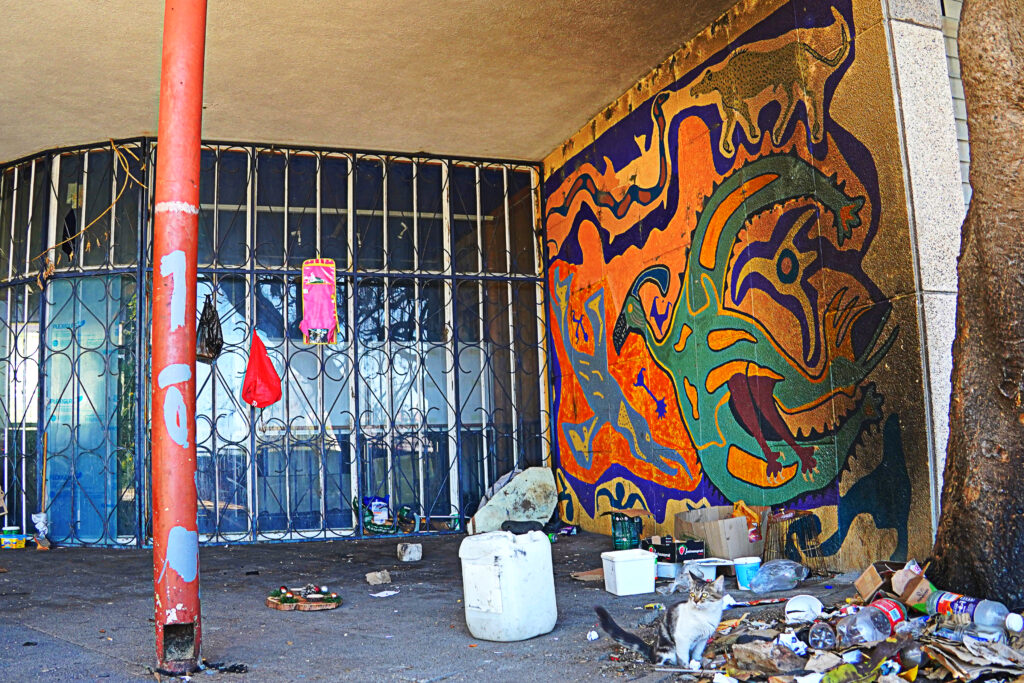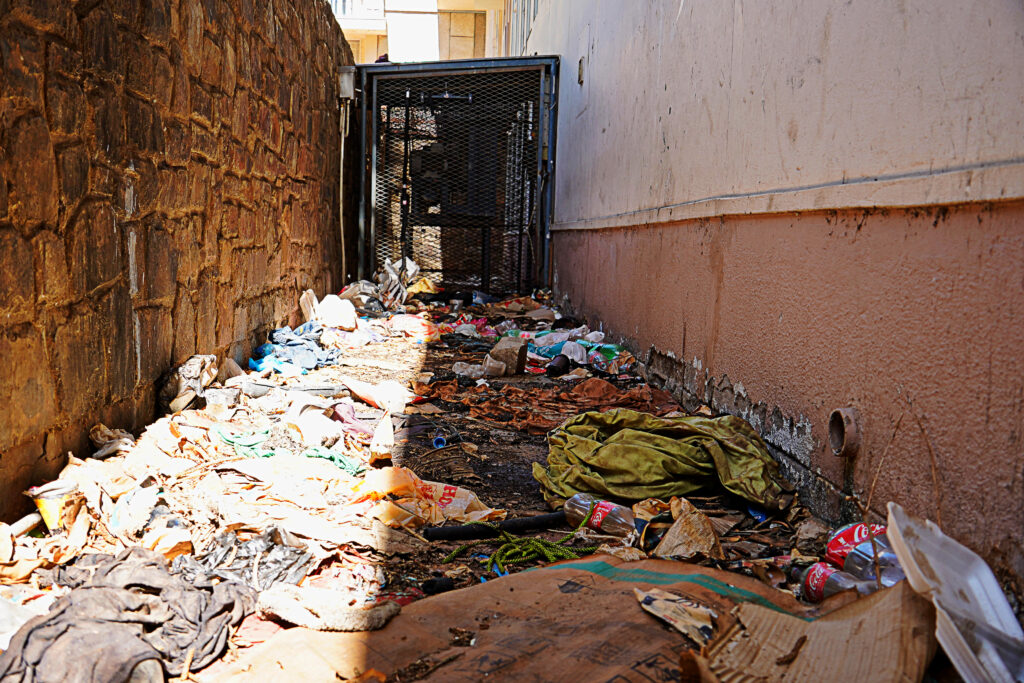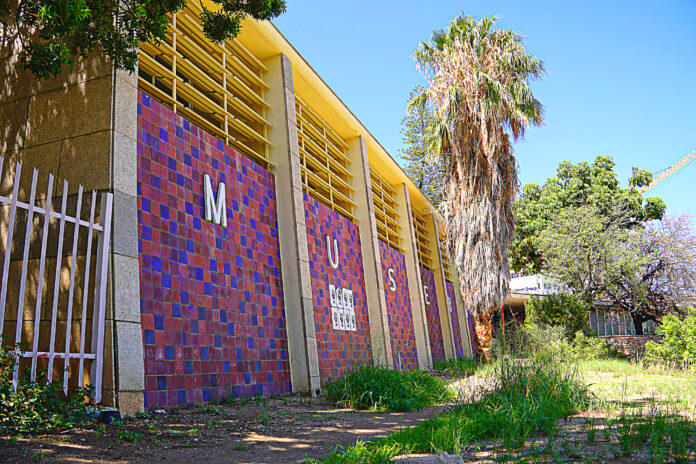In the heart of the City of Windhoek, which was once proud of being recognized as Africa’s Cleanest City, is an eyesore that those responsible do not seem to care about. It tells a story of neglect and abandonment. It has simply been forgotten, and what is totally unacceptable has seemingly become acceptable.
The nauseating smell of human excrement and urine hangs in the air, flies buzz around, and ducts are filled to the brim with refuse – cardboard, plastic bottles, plastic bags. Refuse thrown down the stairs at the rear entrance, a broken window pane and a tree that recently fell onto the building’s roof near the front entrance are further evidence of total neglect.

“Heritage Conservation is our Business”, reads the banner at the front entrance of Windhoek’s Owela Display and Education Centre. It has been there for 17 years since the museum celebrated its centenary with great fanfare in 2007. Judging by its state and the surroundings, “Heritage Conservation” is no longer the museum’s business.
Closed ‘temporarily’ in March 2020 during the Covid-19 pandemic, ‘temporary’ has become permanent, and the grounds have also become a permanent home for homeless people who invaded the area even before the museum was closed. A fire made near a tree at the back entrance some time ago caught alight and was fortunately brought under control before possibly setting the building alight.

The continued closure was attributed to ‘funding constraints’ to renovate the building and its priceless ethnological displays. Media reports and photographs of the piles of litter and the disgusting state of the museum and its surroundings published nearly two years ago had no, or little effect.
In an article in the Namibian newspaper dated 15 March 2023, the Executive Director of the Ministry of Education, Arts and Culture, Ms Sanet Steenkamp, was quoted as saying the museum had been closed for renovations, which was a priority for the ministry, but competing funding priorities were a challenge. However, she gave no indication when the necessary funds for renovations would be budgeted.

What is unacceptable is that the museum and its surroundings have been completely abandoned and neglected by the responsible bodies:
1. The Ministry of Education, Arts and Culture Mission is responsible for the upkeep of the building and its surroundings. It is charged with, amongst others, ‘…to promote and preserve arts and culture for nationhood and unity in diversity.’
2. The City of Windhoek is responsible for enforcing health regulations (human excrement is a health hazard), while there are municipal bylaws that prohibit loitering.

The rot at the Owela Museum, however, goes back long before its 2020 closure. Visitors complained on social media about poor lighting and lights that were not in working order as far back as 2015. Very little or nothing was done to rectify this as more visitors made mention of this in later years. In early July 2019, a visitor commented about homeless people sitting outside the museum. The visitor went on to write, “There is also a lot of trash outside and the smells surrounding the area are very displeasing.”
Once a Popular Attraction
The museum started as the Landesmuseum in 1907 during the German administration and was initially housed in the Hotel Kronprinz building on Kaiser Street (renamed Independence Avenue). Following South Africa’s occupation of then South West Africa, it was relocated to the Commissariat Building and renamed the South West Africa Museum.

The ever-increasing size of the museum’s collection of archival material and artefacts necessitated a larger building and a complex consisting of the museum and the State Library, which was inaugurated in 1959. The historical section was relocated to the Alte Feste in 1962, while the natural history and ethnological sections remained in the complex. The museum was renamed the Owela Exhibition and Educational Centre in 1996 after a popular traditional African board game played with pebbles. By the mid-2010s, the building was reportedly already in urgent need of renovation.
The museum, with its exhibitions depicting the traditional material of the San, the Aawambo, Kavango, the Daman, as well as natural history dioramas of the Kavango River, Etosha Pan, Khomas Hochland and the Namib Desert, was a popular attraction for Windhoekers, visitors and school children until its closure.



